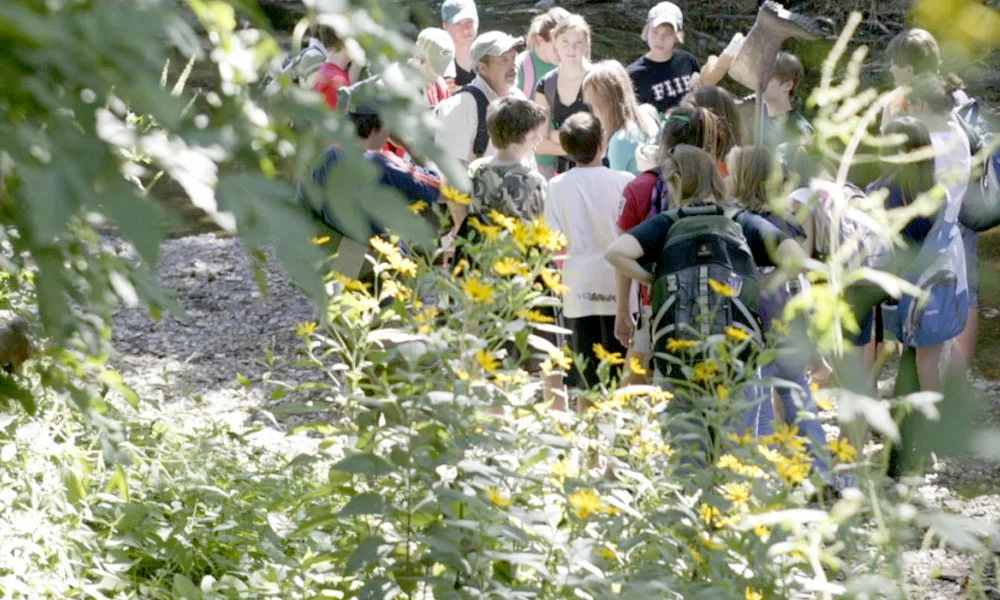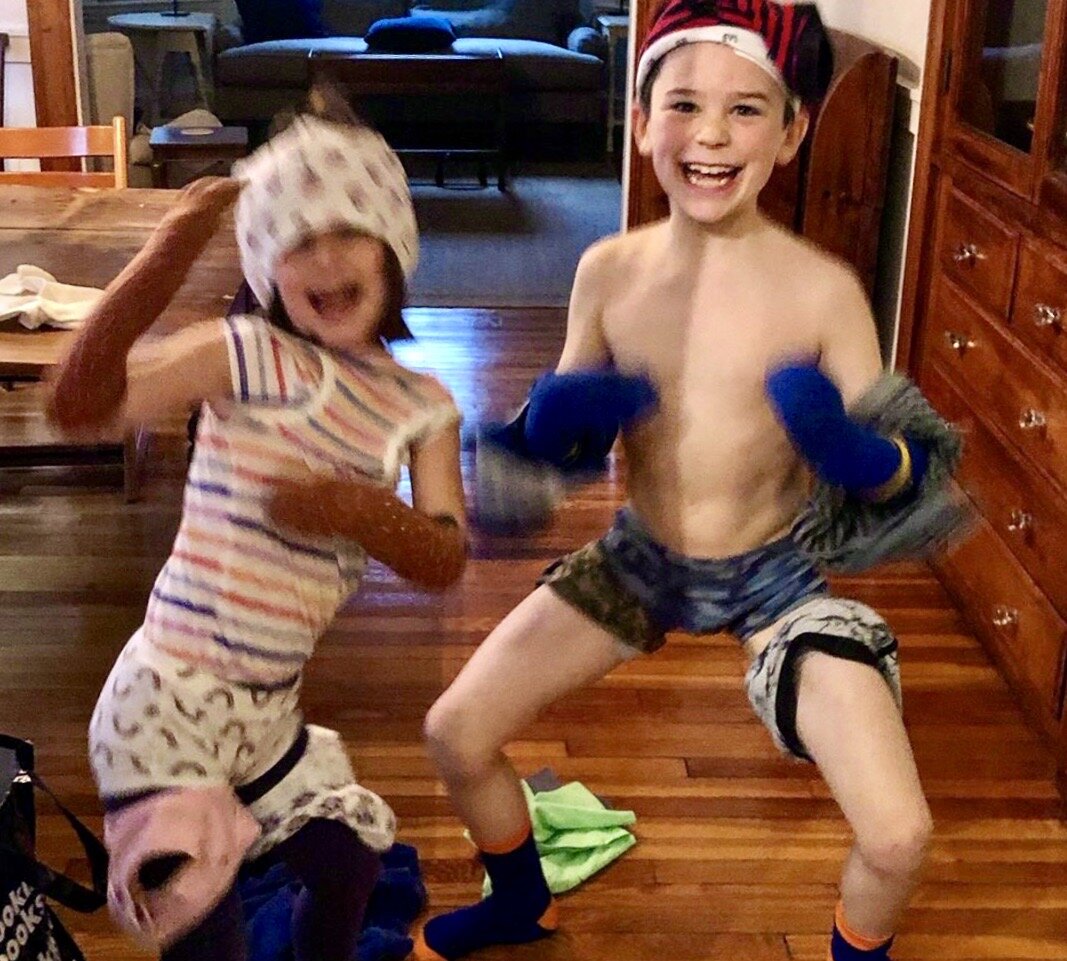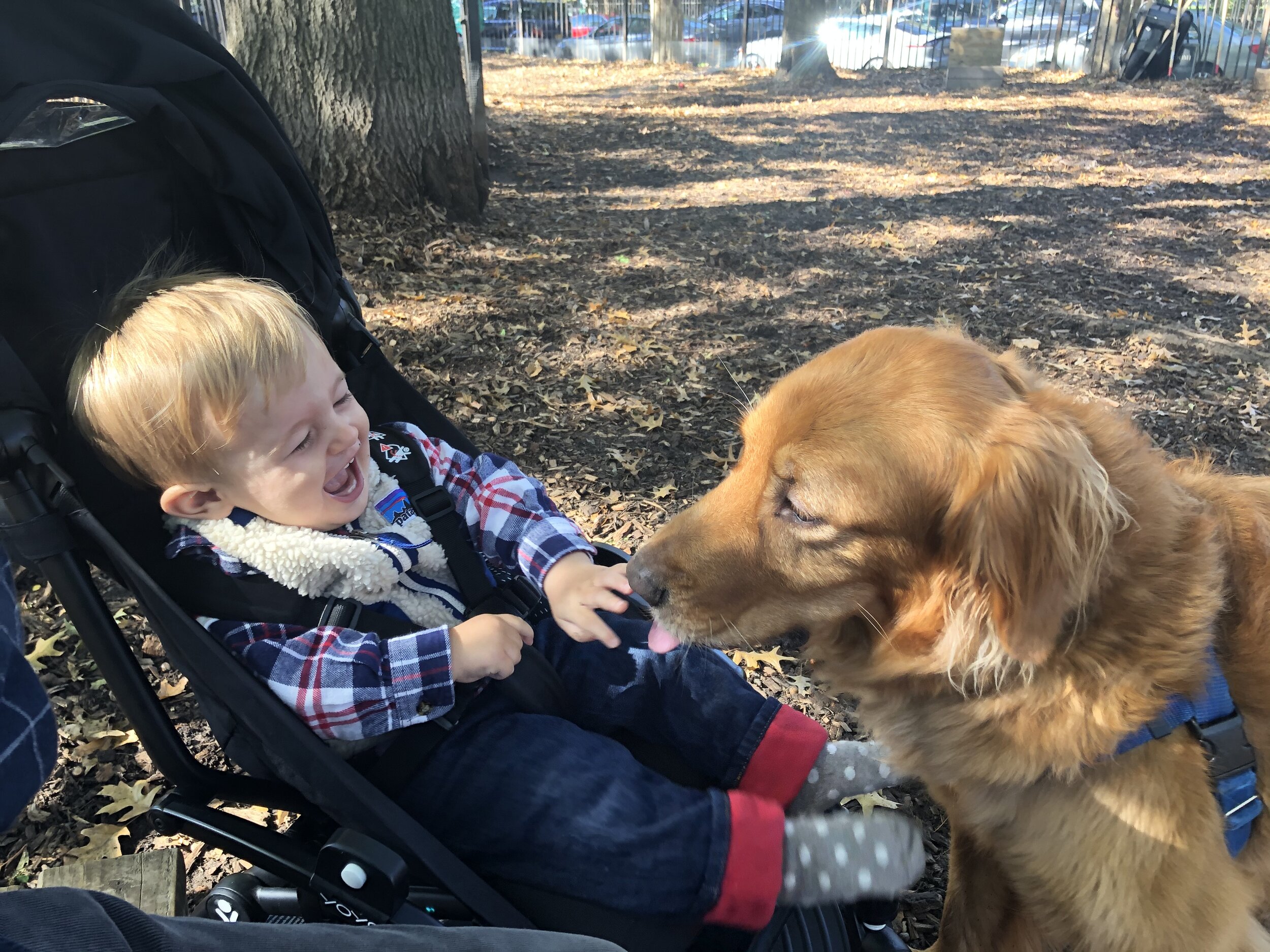What at time! We live in Vermont where Middlebury College is closed, all the schools are closed, the yoga studio and the gyms are closed, bars and restaurants are closed, churches are closed, the bookstore and other small businesses are closed. And not only that, we can’t see friends or family or be closer than 6 feet to anyone, even outside! And this is the case for most of us all over the world right now.
If we ever doubted that we are connected and interdependent, that we are all responsible, that everything we do or don’t do matters, it is not possible to doubt that any longer. We are interconnected in every way; we are a network. This is the way our planet and our life on earth “works.” These are natural laws.
As I become accustomed to home bound life, I am focusing on simple gifts that surround me like the birds at the feeder, the green shoots of daffodils pushing up through the brown, brittle leaves, the red fox stalking any small rodent who might be peeking up from the ground, my neighbor who I can see from my study window, pruning his apple trees this morning.
I am also overwhelmed by the number of learning and uplifting experiences that people are offering for free online. Because we are educators and lovers of the arts, we are linked to so many possibilities from generous individuals and organizations.
Our own grandchildren are now being homeschooled by their parents. Lucky for them, their mother is a first-grade teacher and now she is their teacher, fully equipped with knowledge, resources, strategies, organizational expertise and patience! (You can follow her twitter posts of home schooling learning experiences on @MsCadwell1C) One of the first images she sent us was a flexible, movable daily schedule handwritten by Asher and Delilah including morning meeting, reading, math, recess!! science, choice time and so on. I sent this schedule to my friend Laura and she sent it on to her son’s family and now, they have made one too. See below.
In order not to downplay the enormous challenge for parents during this time, here’s what a friend and former preschool teacher and director wrote to me yesterday…
It is clear that many parents are both trying to work full time from home, and that although they want to be 100% embracing homeschooling, simplifying, observing the natural world... it’s super challenging. My son said yesterday that he now feels all teachers need a tremendous raise! He said it’s day 5, but feels like day 80! My daughter-in-law wrote about the push and pull feeling of loving this time with her kids, stressing a lot about work, and worrying about the world...
Planning the week of learning at home
That said, there are ways we can move forward. As grandparents, we have shared much more time than usual connecting virtually with the grandchildren. Just yesterday, I shared a drawing experience with Asher, age 7, and Delilah, age 5. I sent them a preview video explaining and demonstrating the idea and the technique of “bug drawing.” This is not about drawing insects, rather it is a kid friendly way to learn contour drawing by pretending that you are a small insect crawling along the edges and interior lines of a leaf, stem, pinecone, shell, or other object. We had fun together and are planning our next shared drawing experience. You can read more about this idea here and here.
We are sure that there are many ways that grandparents might share virtually (or on the phone) with their grandchildren, or aunts and uncles with nieces and nephews, or friends of the family with children, …stories, simple recipes, riddles and word games, picture books, guessing games. Give it a try. We are lucky to live in an age where many of us have a virtual way to be together and to learn together. Old fashion letter writing is a wonderful practice too, to share stories and ideas and to exchange love and care.
We know that there are some families who will certainly struggle more with learning at home and there are families who do not have internet access. I know that many school systems are working hard to address this and to gain internet access for all families.
We will share some of the resources that we have received in the last week or so here, and then, in the next blog post, we hope to share more. Share them with us too! We will pass them on. And pass them on to your friends, families, and neighbors. We are all in this together and we can create a positive wave.
One of the first blog posts I read that inspired me was from Christina Greve. She said this about being at home with children.
If you’re on lockdown with your kids, remember that this is a unique chance to spend quality time with them and be fully present. Slow down, bake, paint, play, draw, read stories and dance.
Help your kids focus on the positive parts of life. They need you to take leadership in the most optimistic way.
Count your blessings because there are so many wonderful things in this world. You can choose to be fearful or you can choose to be grateful.
The bottom line is that finding thankfulness for the “little” things like hugging your pet, holding hands, having a roof over your head, being loved, being alive, having friends, walking in nature and listening to music, is what will get you through this.
Spontaneous rendition of the “Undie Rock” this week for dad…
Christina’s words set the tone for all of us, not only parents of young children. I take them to heart. To be present and grateful and to find joy…these seem to be the keys to life now. This is not new news, it is just more important than ever. And, yes, it is a daily practice.
Here are some resources:
Penny Dullaghan is an illustrator and dear friend of ours. Lucky for us: she designed our website. She works from home and she home schools her daughter. Her blog post a week ago is full of wonderful and varied resources for learning online. I would go here first for her ideas and resources.
One of the sites she lists is Raddish Kids. It is all about cooking, learning about cooking, and healthy habits for and with children. My son Alden made doughnut holes earlier this week with Asher and Delilah and posted photos of the process and the recipe on Instagram.
Asher and Delilah making doughnut holes, recipe from Raddish Kids
This link came yesterday from a friend. A wonderful list of nature experiences outside for this time of year. I am eager to try some of them myself…compiled by Four Winds Nature Institute.
Another friend forwarded this wonderful resource. So many art and science museums all over the world are offering online experiences for children and families including the Smithsonian and the Louvre! Please take a look at picture book author and illustrator’s, Mo Wilems Lunchtime Doodles. It is so much fun for all ages.
If you want a music class for younger children, try this one with Mr. Chris.
For yoga for all ages, try some classes by Yoga with Adrienne.
If you would like to connect with Mindfulness experiences for children, go here for weekly online classes.
This Sunday at 4:00 EDT, there will be a family sing hosted by Revels Inc. We have attended the Christmas Revels performance ever since our sons were small and now we go every year with our grandchildren. David Coffin’s strong, melodious voice is hard to resist and we think that you will want to sing along.
Be well, go outside and walk in nature if you can, do good things for people as you are able, (today I am dropping off bundles of pussy willows to neighbors as my friend Laura did yesterday, and we are contributing to local networks providing assistance to neighbors and our local businesses), cook good food, read, be present…and don’t forget to sing, dance and wash your hands. For better or for worse, in sickness and in health, we are all in this together.
Grandson Jack stacking!

























